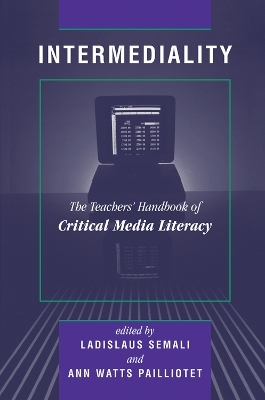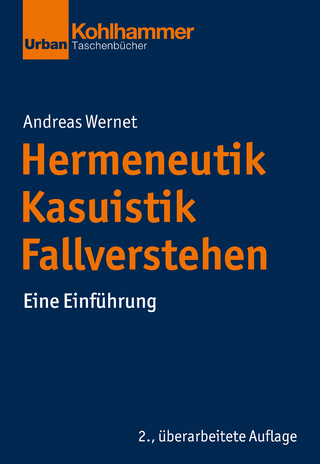
Intermediality
Routledge (Verlag)
978-0-367-31632-7 (ISBN)
With the ever-growing proliferation of electronic and other popular media, the complexity of relationship between what students see and hear, what they believe and how they interact with one another underscores now, more than ever, the need for across-the-curriculum teaching of critical thinking, critical reading, and critical viewing skills. The e
Ladislaus Semali is associate professor of education at The Pennsylvania State University, where he teaches media literacy to preservice teachers. He authored Postliteracy in the Age of Democracy and coedited What Is Indigenous Knowledge? Voices from the Academy. Ann Watts Pailliotet.
1 Introduction: What Is Intermediality and Why Study It in U.S. Classrooms?, 2 Deep Viewing: Intermediality in Preservice Teacher Education, 3 Intermediality in the Classroom: Learners Constructing Meaning Through Deep Viewing, 4 Preservice Teachers' Collages of Multicultural Education, 5 A Late-'60s Leftie's Lessons in Media Literacy: A Collaborative Learning Group Project for a Mass Communication Course, 6 The Power and Possibilities of Video Technology and Intermediality, 7 A Feminist Critique of Media Representation, 8 Critical Media Literacy as an English Language Content Course in Japan, 9 Critical Viewing as Response to Intermediality: Implications for Media Literacy, 10 Intermediality, Hypermedia, and Critical Media Literacy, 11 Afterword
| Erscheinungsdatum | 02.09.2019 |
|---|---|
| Verlagsort | London |
| Sprache | englisch |
| Maße | 152 x 229 mm |
| Gewicht | 453 g |
| Themenwelt | Sozialwissenschaften ► Pädagogik ► Allgemeines / Lexika |
| Sozialwissenschaften ► Pädagogik ► Bildungstheorie | |
| ISBN-10 | 0-367-31632-3 / 0367316323 |
| ISBN-13 | 978-0-367-31632-7 / 9780367316327 |
| Zustand | Neuware |
| Informationen gemäß Produktsicherheitsverordnung (GPSR) | |
| Haben Sie eine Frage zum Produkt? |
aus dem Bereich


